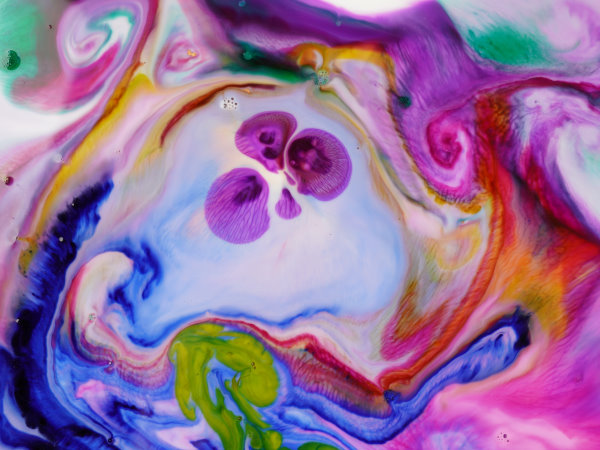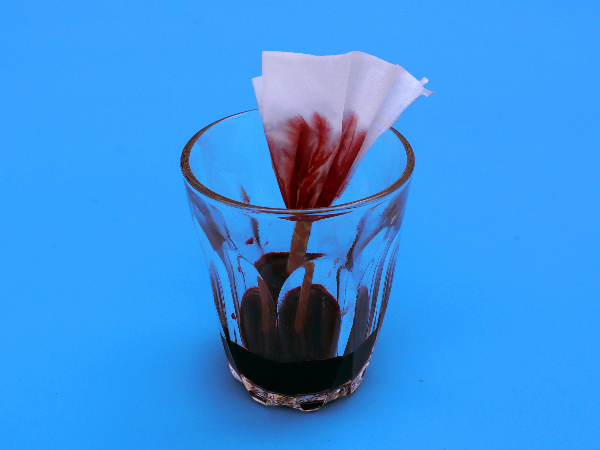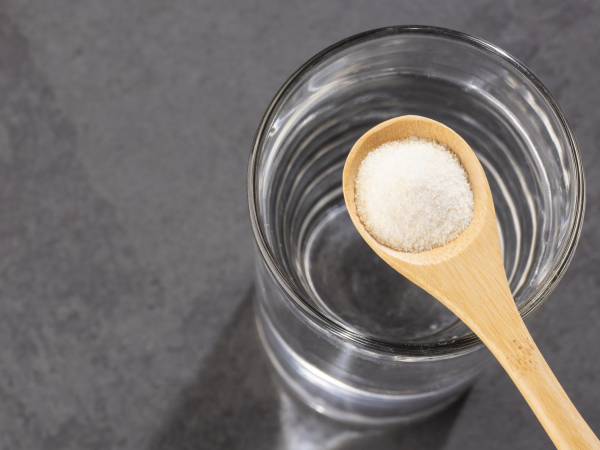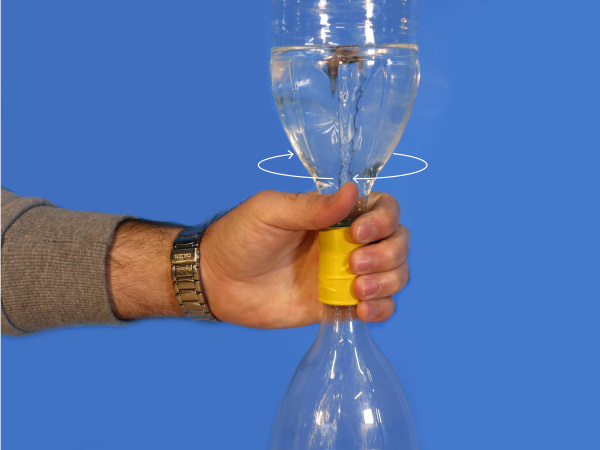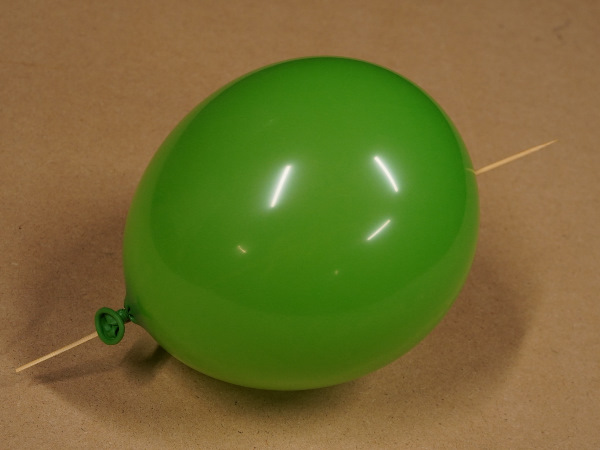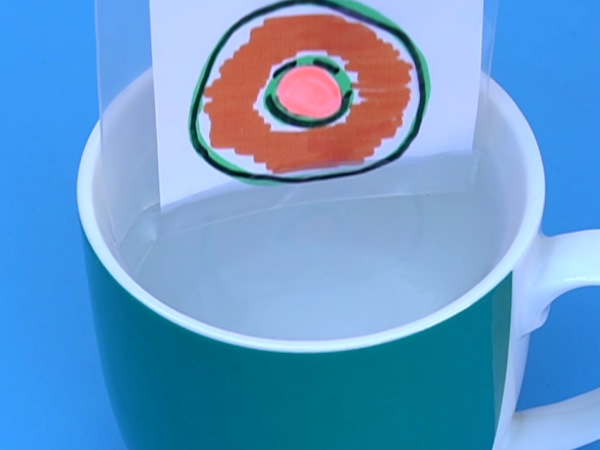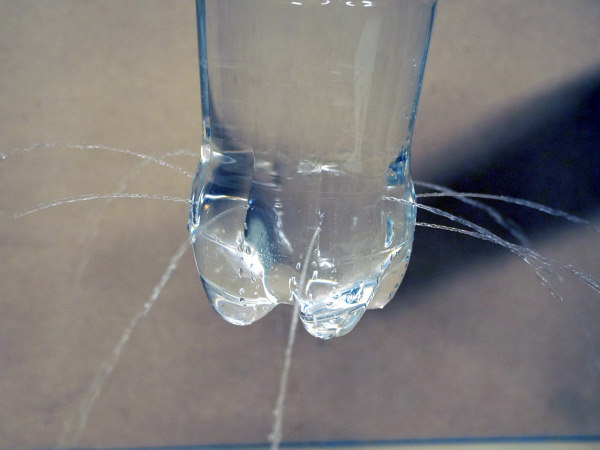My Powder Has Dissolved
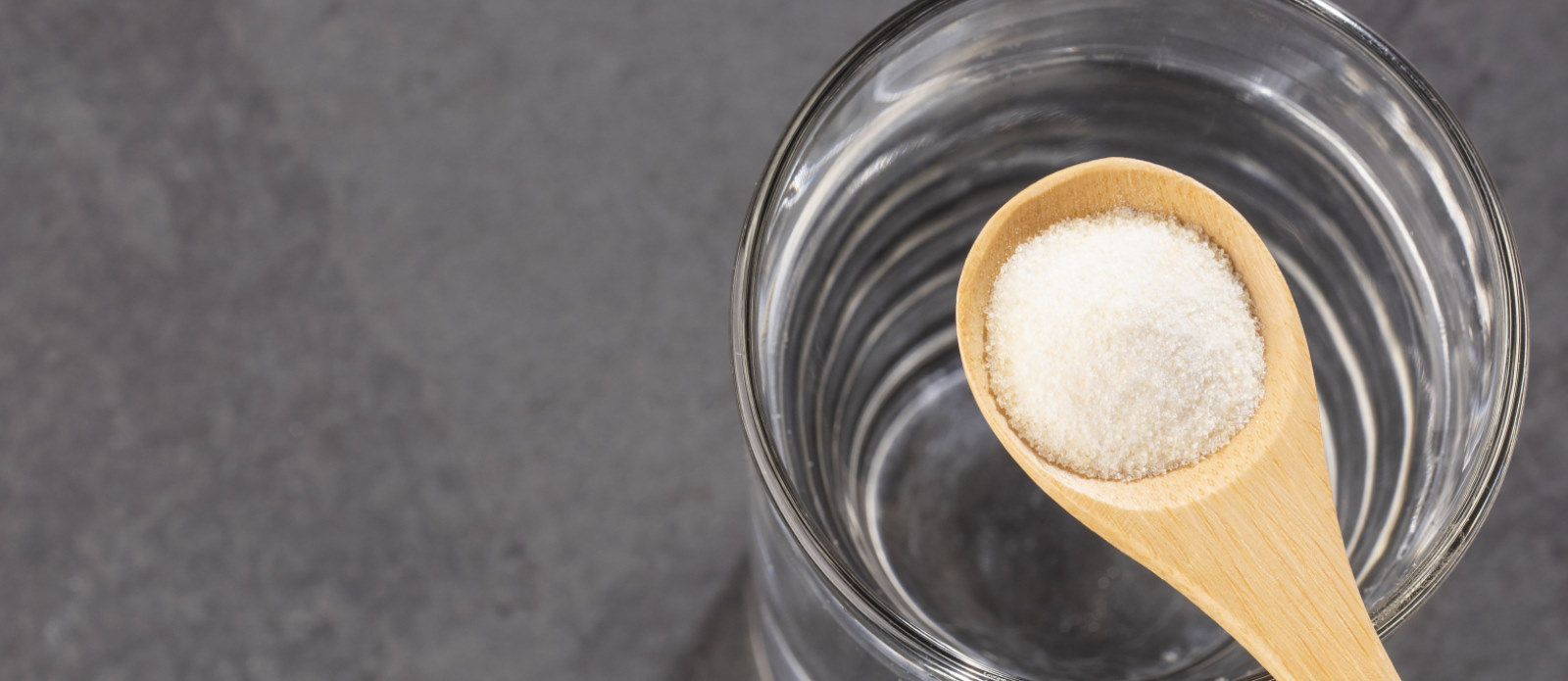
Balloon on a Skewer
What do you need?
What do you do?
1. Put 1/2 teaspoon of every substance into a separate cup or bowl. Note: each substance must have its own container.
2. Add 1 teaspoon of water to every cup. If you’re using the same teaspoon, make sure it’s clean and dry before you move on to the next substance.
3. Watch what happens in the cup.
4. Stir the cup and watch what happens.
5. Add 2 teaspoons of water to every cup, stir and check to see what has happened. Compare the substances to themselves (dry vs. wet) and each other: how do they differ in color, texture, and volume? What has changed?
What’s the science behind this?
Solvation - the interaction of a solvent with the dissolved solute – is one of chemistry’s more important areas of study. As more substances dissolve in water than in any other chemical, water is considered an extraordinary solvent, and is therefore sometimes referred to as “the universal solvent.”
During the solution process, the water molecules pull the molecules of the solute apart, surround it, and keep them separated. During this dissolving process, the solvent and the solute create a solution – an aqueous homogeneous mixture of two or more substances.
When some substances come in contact with water, their properties - such as color, weight, texture, volume, and adhesiveness – change. Sometimes, by drying the substance, we may be able to reverse the change, and sometimes the change is reversible.
Water and sugar
When water molecules come in contact with sugar, they break through the sugar crystals and penetrate them. The dissolution of sugar in water demonstrates the process of diffusion – the equal dispersion of one substance into the medium of another.
The water molecules penetrate the sugar crystals, create hydrogen bonds, and pull the sugar molecules away from each other. The molecules of sugar are then dispersed throughout the water, and the water molecules arrange themselves around the molecules of sugar. Since the sugar is solid and the water liquid, and because there is more water than sugar, we say that the sugar has dissolved in the water.
The process ends when the powder is homogeneously dissolved in the liquid. You can speed up the process by stirring the solution or heating it, which will make the molecules move faster.
You can also separate the solvent (water) and the solute (sugar) by heating and vaporizing the solution. The water will turn into vapor and the sugar will crystallize and become solid again.
Water and salt
Sodium chloride (NaCl), which we call table salt, is just one of many types of salts in chemistry. Salt is a crystalline substance made up of electrically charged particles called ions.
When salt comes in contact with water, it dissolves differently than sugar: the water molecules surround the ions and create a shell around them. These disperse in the water, a solution is formed, and we can no longer see the crystals.
A solution is a clear, homogenous mixture that cannot be separated by filtration into its substances. However, there is only so much salt you can add to the water before the salt stops dissolving.
Just like in the case of sugar, we can separate the solvent (water) and the solute (salt) by heating and vaporizing the solution.
Water and flour
Flour does not dissolve in water. Even a small amount of flour will float to the top or look cloudy at the bottom. Since the mixture is not homogenous, it cannot be called a solution.
If we mix a little flour with water and knead it, we will get a sticky, flexible lump of dough. This happens because flour is a mixture of materials – mostly carbohydrates (sugars) and proteins. When we add water, some ingredients (carbohydrates such as gluten, for instance) team up, swell and create chains of fiber. Gluten aligns the dough and makes it elastic and stretchy. When we bake the dough by heating it, it eventually dries out and becomes rigid. You cannot pull apart the dough to get flour, since the proteins in the dough have gone through an irreversible chemical change.
